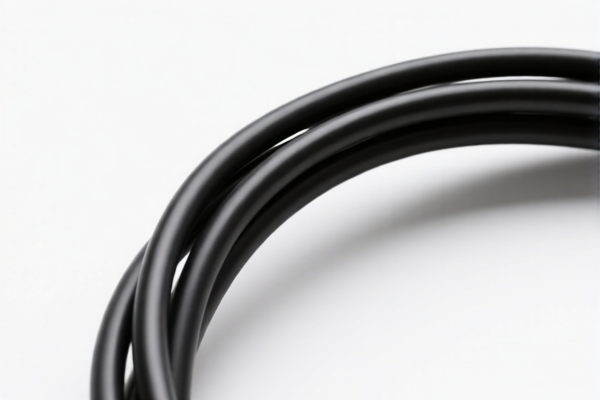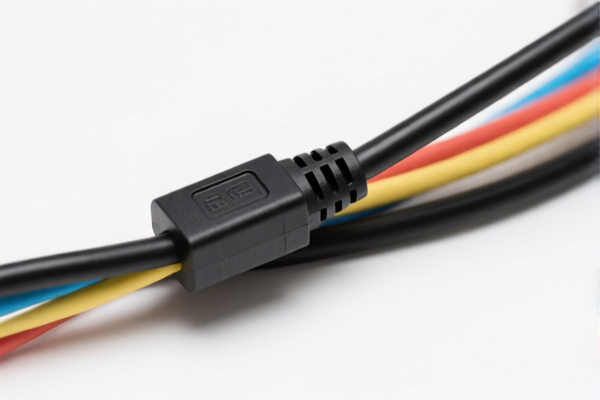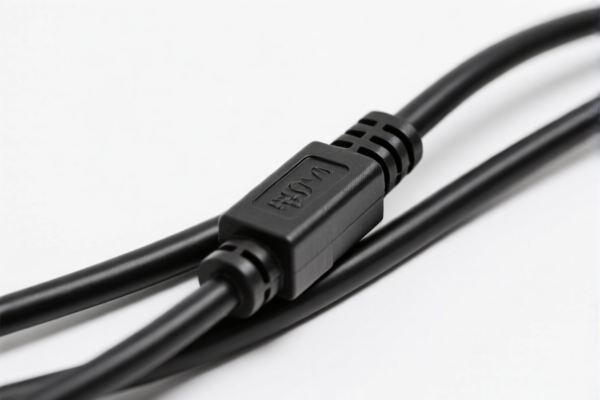| HS Code | Official Doc | Tariff Rate | Origin | Destination | Effective Date |
|---|---|---|---|---|---|
| 8544429090 | Doc | 57.6% | CN | US | 2025-05-12 |
| 8544499000 | Doc | 58.9% | CN | US | 2025-05-12 |
| 3926905900 | Doc | 57.4% | CN | US | 2025-05-12 |
| 3926909987 | Doc | 42.8% | CN | US | 2025-05-12 |
| 3917400095 | Doc | 60.3% | CN | US | 2025-05-12 |
| 3917390020 | Doc | 33.1% | CN | US | 2025-05-12 |




Jumper Cables
Jumper cables, also known as booster cables, are electrical cables used to start other vehicles with a discharged battery. They create a temporary electrical connection between two vehicles, allowing the good battery to transfer power to the dead one.
Material
Jumper cables are typically constructed from the following:
- Conductor: Usually made of copper or copper-clad aluminum wire, providing a path for electrical current. Copper is preferred for its superior conductivity. Wire gauge (thickness) is critical; lower gauge numbers indicate thicker wire and higher current capacity.
- Insulation: A durable, flexible plastic coating (often PVC or similar) protects the conductor and prevents short circuits.
- Clips/Clamps: Metal clamps, typically coated with copper or steel, attach to the battery terminals. These are designed for secure and reliable contact. Some clamps feature a protective coating to prevent corrosion.
Purpose
The primary purpose of jumper cables is to provide a temporary power source to start a vehicle with a dead or weak battery. This is often due to:
- Leaving lights on
- Old or failing battery
- Faulty charging system (alternator)
- Extreme temperatures affecting battery performance
Function
Jumper cables work by connecting the good battery's positive (+) and negative (-) terminals to the corresponding terminals of the dead battery. This allows current to flow from the good battery, providing the necessary voltage to the starter motor of the dead vehicle. Once started, the running engine recharges the dead battery via the alternator. The process requires a specific connection order to avoid sparks and potential damage.
Usage Scenarios
- Emergency roadside assistance: The most common scenario, used when a vehicle won't start due to a dead battery.
- Cold weather starts: Cold temperatures reduce battery capacity, making starting more difficult.
- Temporary power for accessories: In limited cases, they can be used to provide power for essential accessories when the battery is weak, but this is not the primary intended use.
Common Types
- Standard Jumper Cables: The most common type, typically 6-8 feet long. Wire gauge varies, with 4-gauge being preferred for larger vehicles.
- Heavy-Duty Jumper Cables: Utilize thicker gauge wire (e.g., 2-gauge or larger) for increased current capacity, suitable for trucks, SUVs, and diesel engines.
- Extra-Long Jumper Cables: Available in lengths exceeding 10 feet, providing greater flexibility in positioning the vehicles.
- Jumper Cable Kits with Voltage Tester: Include a built-in voltage tester to verify battery voltage and polarity before connecting.
- Snap-On Jumper Cables: Feature quick-connect clamps for faster and easier attachment.
Jumper cables are insulated electric conductors used to start vehicles with a discharged battery. They typically consist of a cable with connectors at each end for attaching to the positive and negative terminals of the batteries. Based on the provided information, the following HS codes may be relevant:
- 8544429090: This HS code covers insulated wire, cable (including coaxial cable) and other insulated electric conductors, whether or not fitted with connectors. Specifically, it applies to “Other electric conductors, for a voltage not exceeding
1,000 V : Fitted with connectors: Other: Other”. The total tax rate is 57.6%, comprised of a 2.6% base tariff, a 25.0% additional tariff, and a 30.0% additional tariff effective April 2, 2025. - 8544499000: This HS code also covers insulated wire, cable (including coaxial cable) and other insulated electric conductors, whether or not fitted with connectors. However, it applies to “Other electric conductors, for a voltage not exceeding
1,000 V : Other: Other: Other”. The total tax rate is 58.9%, comprised of a 3.9% base tariff, a 25.0% additional tariff, and a 30.0% additional tariff effective April 2, 2025.
It is important to note the voltage specification of the jumper cables (not exceeding 1,000 V) to determine the correct HS code. Both HS codes have significant additional tariffs currently in place and scheduled to increase on April 2, 2025.
Customer Reviews
No reviews yet.